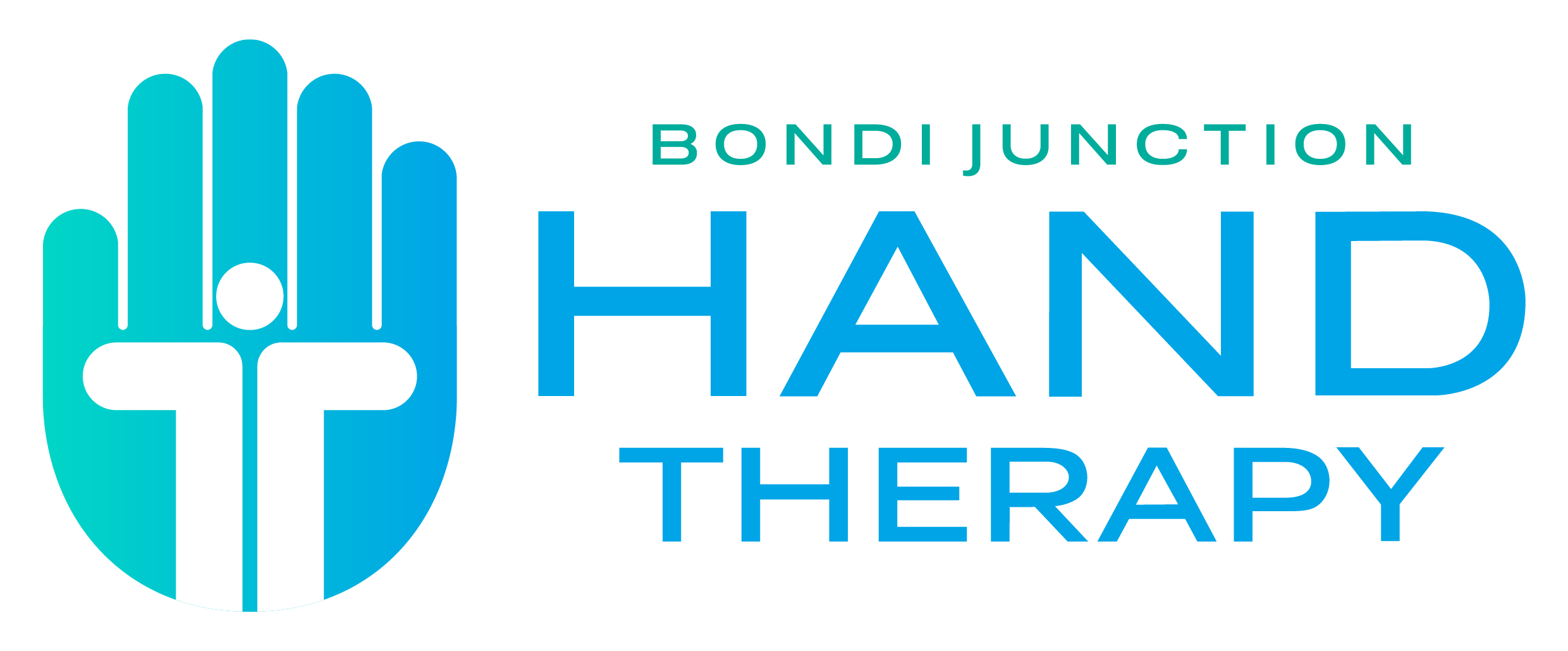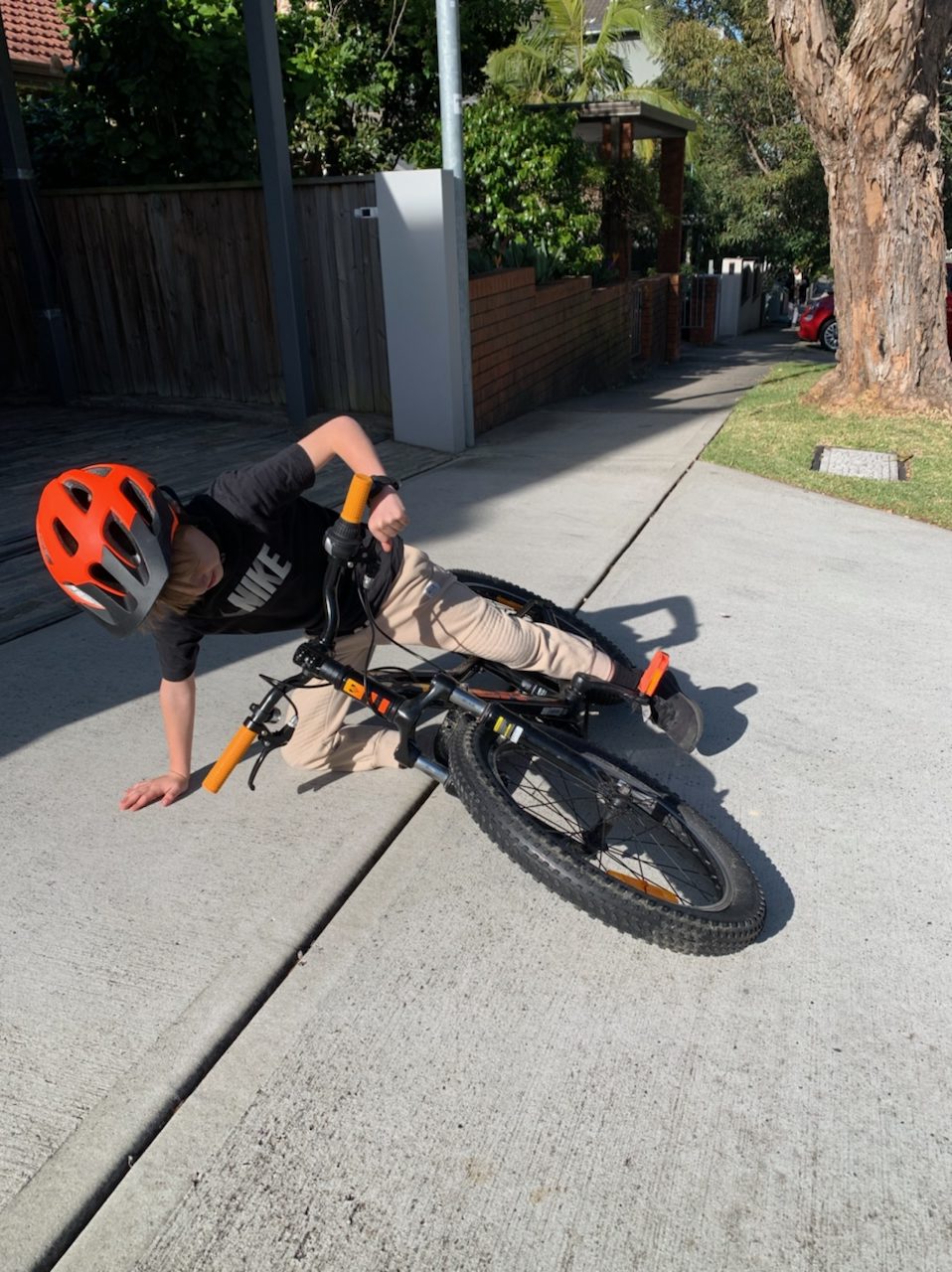Flexor tendon injuries are relatively uncommon in children, especially those who are very young. The mechanism of injury, the size of the anatomical structures, the surgical procedures used to repair them and the therapy protocols used post operatively all vary greatly depending on the age of the child.
Limited knowledge exists as to which surgical and therapeutic options yield the most favourable outcomes in the paediatric population. This is due in part to there being limited literature on the outcomes of different treatment regimes across the various age groups and the sheer diversity of the population with regard to developmental maturity, anatomical differences, zone of injury and type of repair.
Children aged 0-5:
In children under the age of 5, delayed presentation and repair is common. The absence of movement in a digit can often go unnoticed by the child and their parents following lacerations to the wrist, hand or fingers. The most common mechanism of injury in this age group is broken glass or a handling a knife whilst unsupervised.
Once the injury is identified, a primary tendon repair is usually performed using a 2 strand repair, as the small size of their tendons prevent use of some of the stronger 4 or 6 strand techniques commonly used with older children or adults. Following surgery the child is placed in an above elbow dorsal blocking cast for 4 weeks with their wrist and fingers flexed to prevent inadvertent grasping within the cast and rupture of the repair.
After 4 weeks of immobilisation the repaired tendon has usually healed and the child is generally cleared to return to normal activities. Complications such as joint stiffness, scar adhesions and loss of movement are uncommon. Due to young children having difficulty with comprehending instructions and exercise regimes, play based activities are usually used to encourage range of motion instead (eg. playdough, threading activities, bilateral hand tasks).
Children aged 5-10:
Children aged 5-10 tend to have an improved ability to follow instructions and comply with basic therapy regimes. Taking into consideration a child’s parental/carer support, extracurricular activities, school attendance and overall developmental maturity /temperament, post operative therapy regimes are modified accordingly.
Generally children aged 5 – 10 will be immobilised for no longer than 3 weeks before commencing gentle active range of motion exercises within their forearm-based dorsal blocking splint or cast. Exercise sessions will usually require the supervision or assistance of an adult in this age group. As early active protocols are shown in the literature to have fewer complications and more favourable outcomes, range of motion exercises are often initiated earlier in more mature children who are known to be sensible and well supported at home.
Between weeks 5 and 8 post tendon repair, children are generally advised to wear their splint for protection during high risk activities but may come out of it for exercises and light hand use. Strengthening exercises are commenced at week 6, with a return to all pre-injury activities by the end of week 8.
Teenagers aged 10-16:
The post operative management of flexor tendon injuries for teenagers lies somewhere between that of the child and the adult. From an anatomical perspective they present similarly and the surgical techniques used are the same. Issues with compliance, the competing priorities of their school, sport and social lives and generally being more independent and less supervised by adults means that often a more conservative approach is taken to minimise complications post tendon repair.
Ideally hand therapists prefer to follow early active protocols and commence exercises within the splint 3-5 day post surgery. When concerns exist regarding a teenager’s behaviour or ability to comply with splint and exercise regimes, a static protocol may need to be used to minimise risk of complications such as rupture of the tendon repair. Other complications in older children and teenagers can include scar adhesions and loss of range of motion due to stiffness or scar contracture. To avoid such complications, a focus on providing written and verbal education is important to ensure they are aware of the potential consequences of poor compliance.
Summary:
Despite early mobilisation having been linked with good results and fewer complications, some authors have questioned whether the additional effort of an early-active protocol in children is warranted, given that the outcomes for 4 weeks immobilisation are comparable. Although further research is required in this area, patient outcomes are observed to be better in those aged 10-15 that were able to commence range of motion earlier. It is also important not to assume that the rapid healing and regenerative ability of children, will always lead to good results. It can be very difficult to predict based on initial presentation and injury type, who will have a full return of function and who will have complications following flexor tendon repairs. The success of any therapy regime post tendon repair in children comes down to the guidance and monitoring of the child and the experience and dedication of the parents/carers and hand therapist.
References:
• Al-Qattan, M. (2014). Flexor tendon injuries in the child. The Journal of Hand Surgery (European
Volume), 39E(1) 46-52
• Al-Qattan, M. (2015). Re-repair of ruptures primary flexor tendon repairs in zones I and II of the fingers
in children. The Journal of Hand Surgery (European Volume), 40E(3) 271-275
• Berndtsson, L., & Ejeskar, A. (1995). Zone II fleor tendon repair in children. A retrospective long term
study. Scandinavian Journal of Reconstructive Hand Surgery. 29, 59-64.
• Cooper, L., Khor, W., Burr, N., & Sivakumar, B. (2015). Flexor tendon repair in children: Outcomes from
a specialist tertiary centre. Journal of Plastic, Reconstructive and Aesthetic Surgery, 68, 717-723)
• Elhassan, B., Moran, S., Bravo, C., & Amadio, P. (2006). Factors that influence the outcome of zone I
and zone II flexor tendon repairs in small children. Journal of Hand Surgery, 31A, 1661-1666.
• Fitoussi, F.,Lebelle, Y., Frajman., & Pennecot, G. (1999). Flexor tendon injuries in children: Factors
influencing prognosis. Journal of Pediatric Orthopaedics, 19, 818-821.
• Jing, S. & Iyer, S. (2015). Protecting flexor tendon repair in preschool children. Journal of Plastic,
Reconstructive and Aesthetic Surgery, 68, 120-142.
• Kato, H., Minami, A., Suennaga, N., Iwasaki, N., Kimura, T. (2002). Long-term results after primary
repairs of zone II flexor tendon lacerations in children younger than age 6 years. Journal of
Paediatric Orthopaedics. 22, 732-735.
• Mousavi, S., Mehdikhah, Z., Tadayon, N. (2009). Flexor tendon repair in children with zone 2
injuries: and innovative technique using autogenous vein. Journal of Paediatric Surgery, 44, 1662-1665
• Moehrlen, U., Mazzone, L., Bieli, C, Weber, D. (2009). Early mobilization after flexor tendon repair in
children. European Journal of Paediatric Surgery, 19, 83-86.
• Nietosvara, Y., Lindfors, N., Palmu, S., Rautokorpi, S., & Ristaniemi, N. (2007). Flexor tendon injuries
in paediatric patients. The Journal of Hand Surgery, 32A, 1549-1557.
• Sahin, F., Dalgic-Yucel, S & Yilmaz F. (2008) Characteristics of pediatric hand injuries followed-up in a
hand rehabilitation unit. Journal of Trauma and Emergency Surgery. 14, 139–44.
• Sikora, s., Lai, M., & Arneja, J. (2013). Paediatric flexor tendon injuries: A 10 Year outcome analysis.
Canadian Journal of Plastic Surgery 21, 181 – 185.
• Von Der Heyde, R., (2015). Flexor tendon injuries in children: Rehabilitative options and
confounding factors. Journal of Hand Therapy, 28, 195-200




